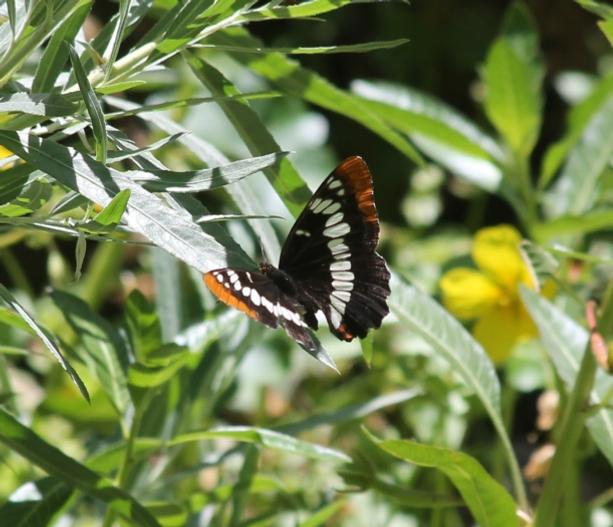Sandbar Willow
(Salix exigua)
Sandbar Willow (Salix exigua)
/
/

Photo by Easyscape
CC BY-SA 4.0





















































Estimated Native Range
Summary
Sandbar willow is valued for its ability to stabilize soil and prevent erosion in riparian habitats, making it useful for restoration projects and naturalized plantings. It is also appreciated for its fast growth and adaptability to wet conditions. In cultivation, it requires full sun to part shade, moist to wet soil, and can tolerate a range of soil types, including sandy and clay soils. While not typically used in formal garden settings, it can be an effective component in wildlife gardens and natural areas. The plant has a history of use by Native Americans for crafting flexible poles, baskets, and for medicinal purposes. Care should be taken when planting sandbar willow in small areas, as its aggressive root system can be problematic.CC BY-SA 4.0
Plant Description
- Plant Type: Shrub, Tree
- Height: 8-12 feet
- Width: 4-6 feet
- Growth Rate: Rapid
- Flower Color: N/A
- Flowering Season: Spring
- Leaf Retention: Deciduous
Growth Requirements
- Sun: Full Sun, Part Shade
- Water: Medium, High
- Drainage: Fast, Medium
Common Uses
Bank Stabilization, Bee Garden, Bird Garden, Butterfly Garden, Deer Resistant, Erosion Control, Fire Resistant, Low Maintenance, Salt Tolerant, Water Garden
Natural Habitat
native to riparian zones, wetlands, and along streams and rivers across Western North America
Other Names
Common Names: Coyote Willow , Narrowleaf Willow , Desert Willow , Narrow-Leaved Willow , Western Sandbar Willow , Saule À Feuilles En Faucilles , Saule À Feuilles Exiguës
Scientific Names: Salix exigua , Salix exigua var. hindsiana , Salix exigua subsp. exigua , Salix hindsiana , Salix exigua var. stenophylla , Salix thurberi , Salix argophylla , Salix hindsiana var. leucodendroides , Salix exigua var. nevadensis , Salix interior var. angustissima
GBIF Accepted Name: Salix exigua Nutt.